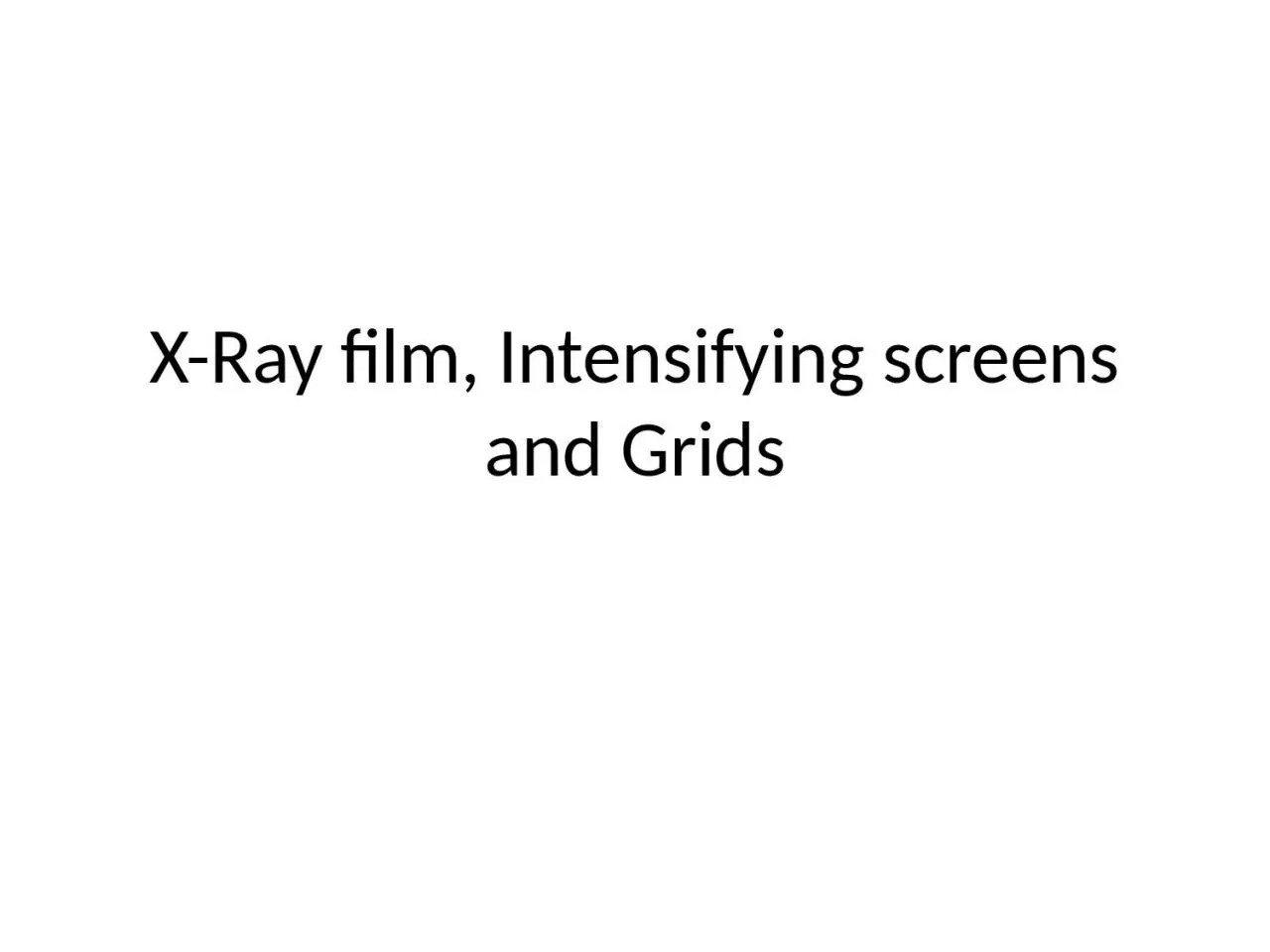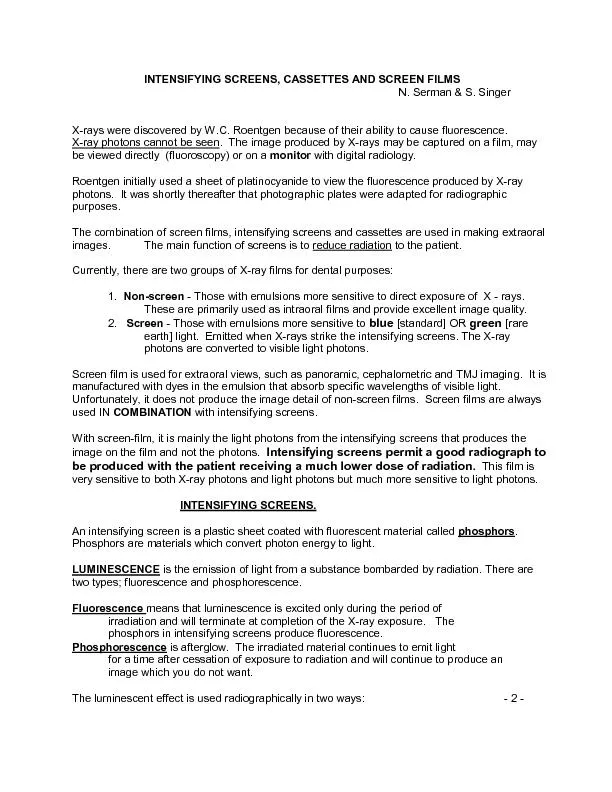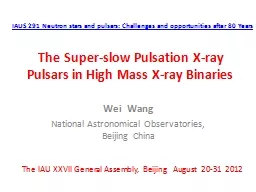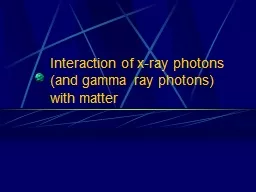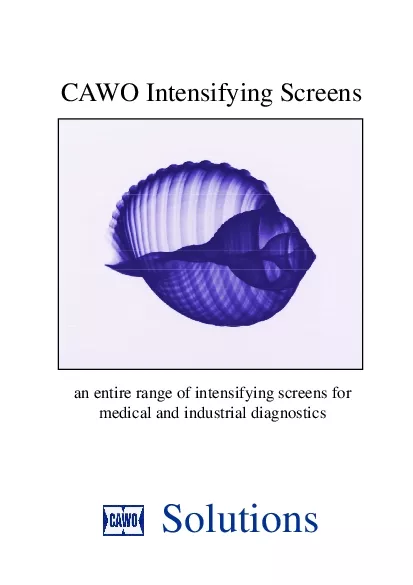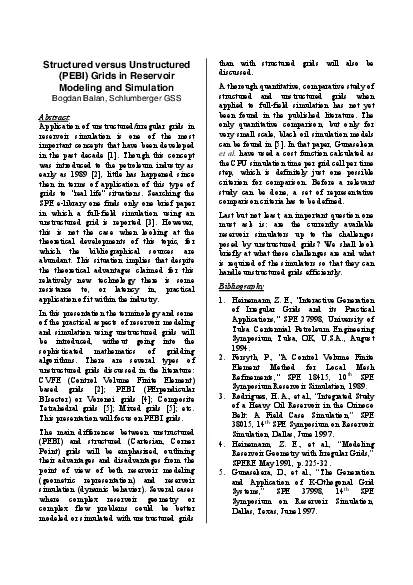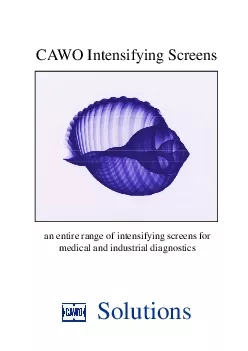PPT-X-Ray film, Intensifying screens and Grids
Author : ceila | Published Date : 2024-03-13
X ray film It has 2 principal components Emulsion and Base Emulsion is sensitive to x rays and visible light records the rg image Base is a plastic supporting material
Presentation Embed Code
Download Presentation
Download Presentation The PPT/PDF document "X-Ray film, Intensifying screens and Gri..." is the property of its rightful owner. Permission is granted to download and print the materials on this website for personal, non-commercial use only, and to display it on your personal computer provided you do not modify the materials and that you retain all copyright notices contained in the materials. By downloading content from our website, you accept the terms of this agreement.
X-Ray film, Intensifying screens and Grids: Transcript
Download Rules Of Document
"X-Ray film, Intensifying screens and Grids"The content belongs to its owner. You may download and print it for personal use, without modification, and keep all copyright notices. By downloading, you agree to these terms.
Related Documents

